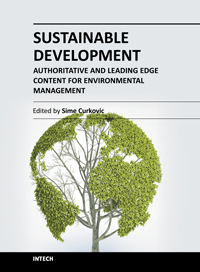Research
Certification and Integration of Environment with Quality and Safety – A Path to Sustained Success
‘Certification and Integration of Environment with Quality and Safety – A Path to Sustained Success‘ (Santos, Rebelo, Barros, Pereira – 2012) looked at organisations in Portugal to examine the benefits of certification to Quality, Environmental and Health & Safety management system standards.
From the origianl 300 SMEs approached who had certification for ISO 9001 quality management system standard, with 46 giving valid responses from a variety of sectors. Of these 17 were also certified to ISO 14001 and 12 had OHSAS 18001 Health & Safety certification.
The chief benefits of certification to ISO 9001 were seen as:
For ISO 14001 the key value of certification was felt to be ‘environment protection (evaluated by the decrease in the amount of residues and disposal costs), better integration of the company in the community, rationalization of natural resources, implementation of recycling techniques (and consequent decrease of costs related to raw-materials acquisition), legislation compliance and consequent decrease of penalty
costs’. The two overriding benefits of OHSAS 18001 certification were,the improvement of working conditions and ensuring compliance with regulation.
The key element of the research was then to explore the benefits gained from the integration of the management systems. The report concludes on this issue, ‘In terms of the potential benefits of the integration of the Environmental Management System with the Quality Management System and Occupational Health and Safety Management System and its certification, will be mostly a whole range of opportunities for performance improvements of the organization as a whole, and throughout it’s supply chain such as: the elimination of conflicts between individual systems with resource optimization , creation of added value to the business by eliminating several types of wastes, reducing the number of internal and external audits, common policy management, greater valuation and motivation of Collaborators, among others.
All these benefits will enhance the competitiveness of the Companies and its differentiation by the positive in the face of competition, national and/or international.
The report closes by pointing out that the benefits of integration could extend beyond quality, environmental and health & safety ‘but too to others standards, such as, Risk Management (ISO 31000:2009), Social Accountability (SA 8000) and Information Security (ISO/IEC 27001:2013), among others, could be progressively more integrated and allow the companies to even more capable, enhancing in this way too the development of the businesses and consequently their sustainable successes‘.
Paper available to download
Citation
Gilberto Santos, Manuel Rebelo, Síria Barros and Martinha Pereira, College of Technology, Polytechnic Institute Cávado e Ave, Imasys Research Centre, Barcelos, Portugal, 2012, ‘Certification and Integration of Environment with Quality and Safety – A Path to Sustained Success‘

